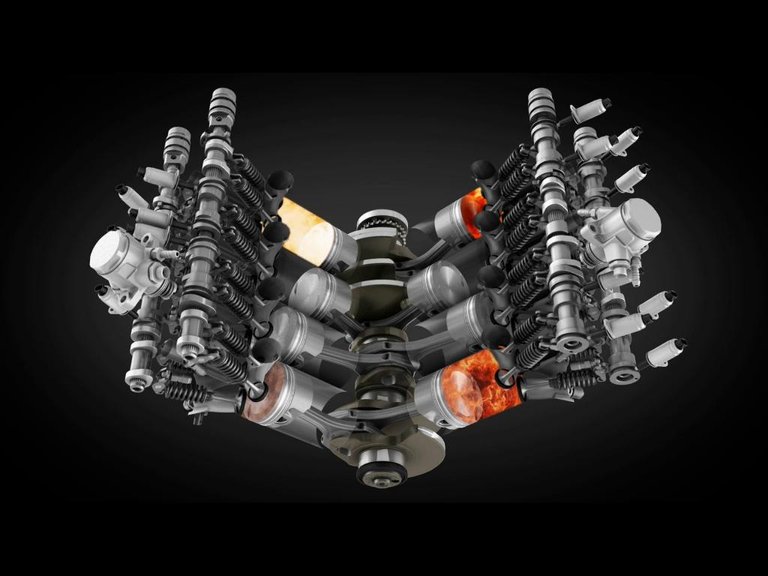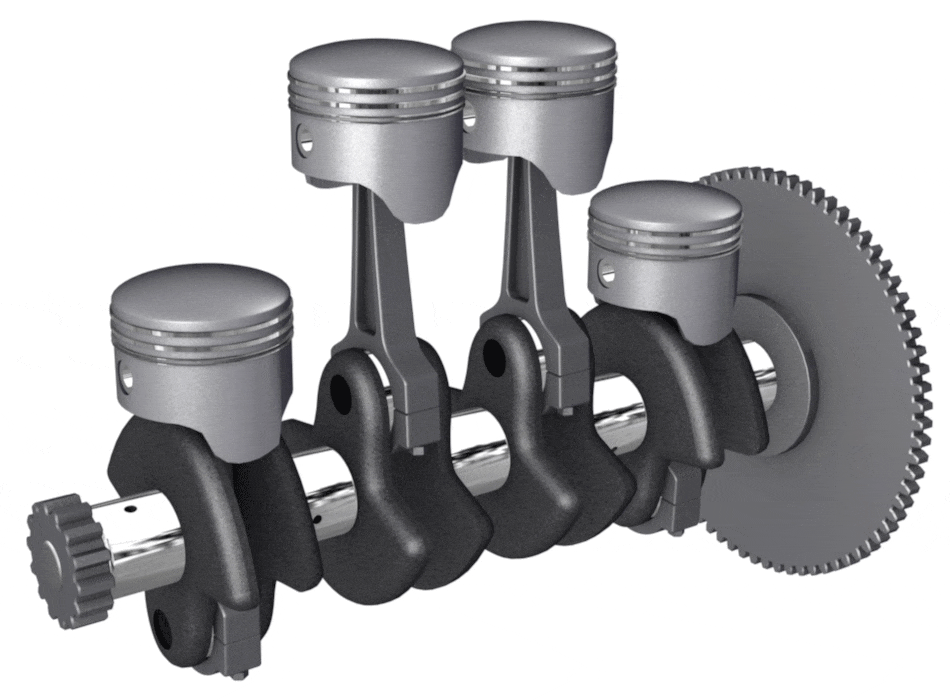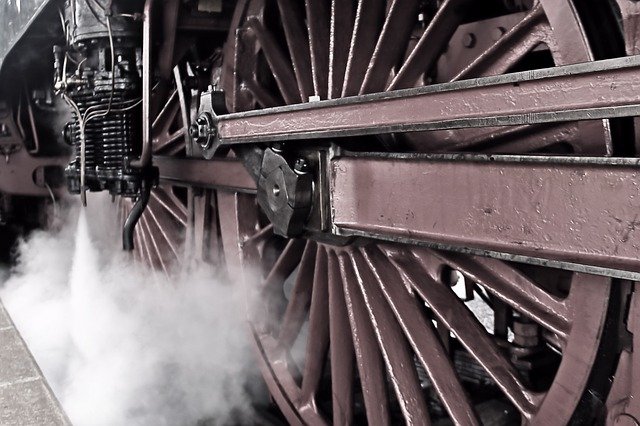Welcome back!
Good evening to all, before starting i would like to thank everyone for interest shown in this series of articles, it’s nice to talk about work with carefreeness and find people willing to read and chat with me. Thank you so much.
Previously on LHSM
You already know that if you have not read the previous articles, you will struggle to understand te topics covered today:
Here you can find the english version:
- “LHSM Part 1 – For Dummies” – How engines create power
- “LHSM Part 2 – For Dummies” – Fresh air and exhaust lines
- “LHSM Part 3 – For Dummies” – Compression
Today we are going to talk about two different topics, those that in my mind were to be two separate articles, but I do not want to put too much distance between two dynamics too tied to each other:
- Traction: what moves the pistons, and what their movement entails
- The cylinder head: how it works and why it is so complex
I remind you that I gladly reply to the comments, and if you should have any questions, I will be happy to find an appropriate answer.

The traction and the Crankshaft
Why start with the traction and not the cylinder head? Because the cylinder head is complicated, not as a mechanical part by itself, but because it can easily be defined as the bridge that connects every single part of an engine, and if I do not explain how the traction works, we could advance some annoying question marks.
So let's go immediately to see a Gif, 'cause when we talk about traction, we do nothing but talk about "movement induced to a body", and in this case the movement is generated by connecting rods and pistons, which rotate the crankshaft, a large central axis inside the engine that connects all the pistons to each other.

What let the crankshaft move then? The explosion, which is generated with the correct inflow of air and diesel, and after achieving a correct compression.
It is the explosion that once triggered, shoots the piston downward like a bullet, the connecting rod also fixed on the crankshaft generates a thrust that allows the rotary movement of the axis, which, moving, will in turn push upwards another piston, allowing to start the various cycles necessary to generate a second explosion.
Only one piston at a time can generate an explosion allowing the crankshaft to receive the necessary thrust to move all the other littler brothers.
This rotation as you see from the gif generates a motion to a gear, placed at the end of the crankshaft, this gear will serve to "distribute" the movement generated by the pistons, to all the other elements inside of the engine.
 Driving wheels - CC0 license
Driving wheels - CC0 licenseThe cylinder head:
 Mechanic in action - CC0 license
Mechanic in action - CC0 licenseRemember when we talked about the flow of air, how this air is discharged and how at some point we needed a certain amount of nebulized diesel fuel? How does a motor, to insert a precise amount of air inside a sealed chamber, and only in some moments?
Through the cylinder head.
The cylinder head consists of three essential components:
- The intake valves
- The exhaust valves
- The diesel injector
These valves, when closed, adhere perfectly to the head, creating a watertight cap that does not allow the introduction, nor the emission of air.
When open instead:
- The suction valve allows the introduction of air inside the combustion chamber, naturally aspirated, or of charge if introduced with pressure from a turbocompressor.
- On contrary, the exhaust valve allows the expulsion of the gases generated by the combustion, which are pushed by the piston during the ascent phase during the discharge cycle.
Who open the valves?
Through a millesimal adjustment, the gear placed on the motor axis, distributes its movement to two other gears, which in turn will move the famous "camshafts", they are just pushing on the valves allow the opening of the combustion chamber, allowing at the depression generated by the piston to draw the necessary air.
Once the desired amount of air has entered the combustion chamber, the thrust generated by the camshaft will be gradually removed, and the springs placed on the valve stem will allow it to close hermetically.

Movements CC0 license
Let's look at this other gif to understand better:
Unfortunately, the gears or the drive chains are not designed, but you can clearly see how the camshaft works on the valves, allowing them to be opened and closed, to allow all the pistons to generate the explosion when necessary.
And thats all:
The resulting movement is measured in "revolutions per minute" and
is not a constant motion, it can be varied, depending on the quantity of diesel that is nebulized inside the cylinder, clearly, the more diesel we will nebulize, the more the explosion will be violent, as a consequence, the piston will descent faster, and in turn will accelerate the rotation of the drive axle, and consequently the speed of all the other pistons.
But how diesel fuel contributes to engine speed, and how we can nebulize it inside the cylinder, we'll talk about it later.
Thank you for coming here.
Although my sources are based entirely on my experience, here you can find some confirmation of what is written above.

Immagine CC0 Creative Commons, si ringrazia @mrazura per il logo ITASTEM.
CLICK HERE AND VOTE FOR DAVINCI.WITNESS